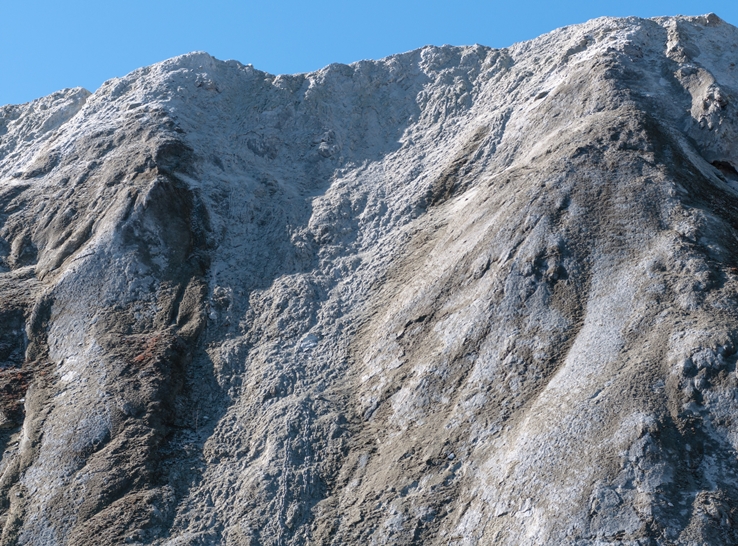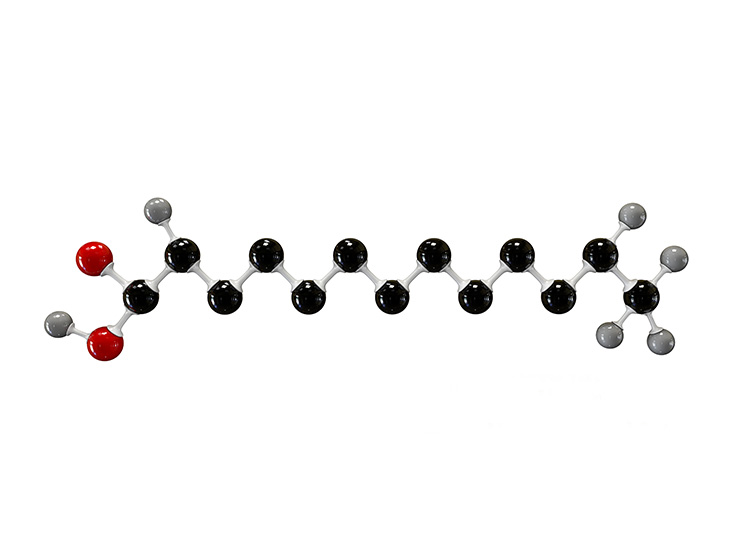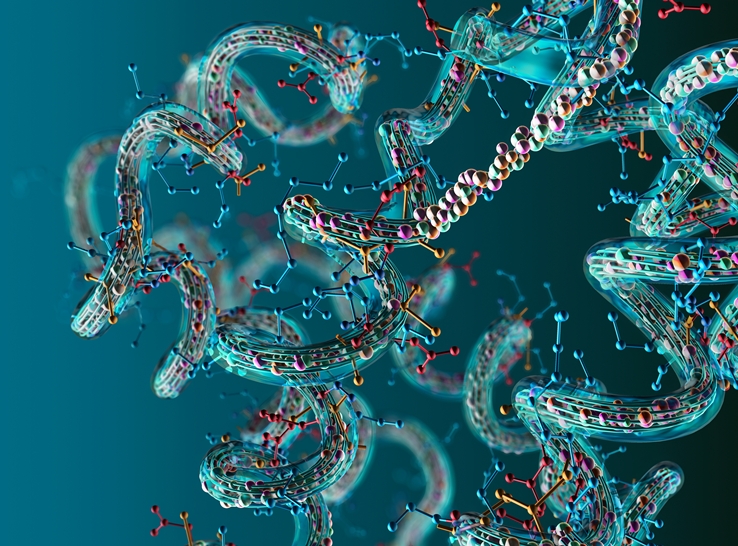Reducing dietary calcium concentrations in broiler diets can increase calcium and phosphorus digestibility, but deviating from recommended levels can come with costs, according to the results of an Auburn University study.
Limestone is the primary source of calcium in poultry diets, and its particle size can influence broiler performance.1 Oversupplying calcium is a common occurrence in poultry diets due to highly available and inexpensive sources such as limestone, said Joseph Gulizia, PhD, at the 2025 International Poultry Scientific Forum.
However, he noted, the excess calcium could negatively affect both nutrient utilization and the severity of necrotic enteritis infections.
Gulizia’s team explored the effects of limestone particle size and calcium concentration on nutrient digestibility when birds were faced with a mild enteric challenge.2
They used 2,100 day-old broiler chicks in the study, divided into seven treatment groups:
- 200 micrometer (µm) limestone particles, adequate calcium concentration, challenged with a live attenuated coccidiosis vaccine on day 14 of the study and Clostridium perfringens on day 18
- 200 µm limestone particles, reduced calcium concentration, challenged as above
- 200 µm limestone particles, low calcium concentration, challenged as above
- 910 µm limestone particles, adequate calcium concentration, challenged as above
- 910 µm limestone particles, reduced calcium concentration, challenged as above
- 910 µm limestone particles, low calcium concentration, challenged as above
- 200 µm limestone particles, adequate calcium concentration, unchallenged
For each of the birds’ growth phases, the researchers reduced dietary calcium by 10 percentage points.
On days 21 and 35 of the study, they collected the partially digested food and digestive fluids from the ileum of six birds per pen for analysis.
Effects differ at broiler life stages
From the analysis at day 21, they observed that decreasing dietary calcium from adequate to low increased calcium digestibility, but this depended on limestone particle size, with 910 µm having a larger effect. They saw the same trend toward increased digestibility for phosphorus, but here, the smaller limestone particles produced a stronger effect.
Gulizia reported that when they fed the birds the larger limestone particles, the birds had higher digestible energy when fed reduced calcium, but there was no effect of calcium concentration on digestible energy when the birds received the smaller limestone particles.
At day 35, they observed that birds fed a low-calcium diet had the highest calcium and phosphorus digestibility compared to the adequate- and reduced-calcium groups. In contrast, apparent digestible energy was highest when broilers were fed the adequate- or reduced-calcium diets, compared to the low-calcium group.
By the end of the experiment on day 35, particle size did not significantly influence nutrient digestibility — a difference from the results on day 21.
“At this stage, it might be too early to determine the exact reason for this response,” Gulizia explained. “However, it is possible that limestone particle size played a more significant role on day 21, as this measurement was taken closer to the enteric challenge. Or, perhaps, the digestive tract was still developing at that point, which may have allowed dietary factors to exert a greater influence on day 21 compared to day 35.”
A worthwhile consideration
He noted that limestone particle size should still be considered during feed formulation, referring to both the present work and previous research by his team, which investigated the impact of particle size and calcium concentration on tibia mineralization in birds facing a similar enteric challenge.
That study had several key findings:
- The challenge decreased bone mineralization.
- Mineralization increased in adequate- and reduced-calcium diets compared to low-calcium diets.
- Limestone particle size influenced the scale of the birds’ response to different calcium concentrations.
“When formulating diets, adjusting calcium levels and considering limestone characteristics can help support broiler growth and nutrient use,” Gulizia added.
“Furthermore, a slight reduction in dietary calcium can maintain performance and bone development. However, caution is warranted when deviating from breeder-recommended calcium levels. Producers should remember that more severe or different types of gut challenges may change these responses.”
1 Majeed S, Qudsieh R, Edens FW, Brake J. Limestone particle size, calcium and phosphorus levels, and phytase effects on live performance and nutrients digestibility of broilers. Poult Sci. 2020; 99(3):1502–14.
2 Gulizia JP, Tabish RW, Vargas JI, Hernandez JR, Simões CT, Guzman EG, Rochell SJ, Hauck R, Bailey M, Dozier WA, McCafferty KW, Pacheco WJ. Nutrient digestibility response of male broilers subjected to an enteric challenge and fed diets containing varying limestone particle sizes and calcium. Presented at: International Poultry Scientific Forum 2025; Atlanta, Ga.






